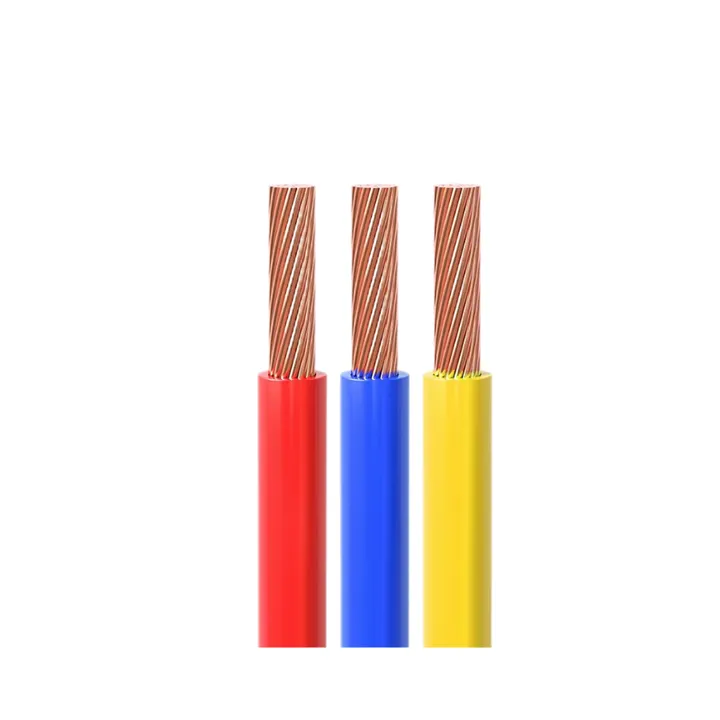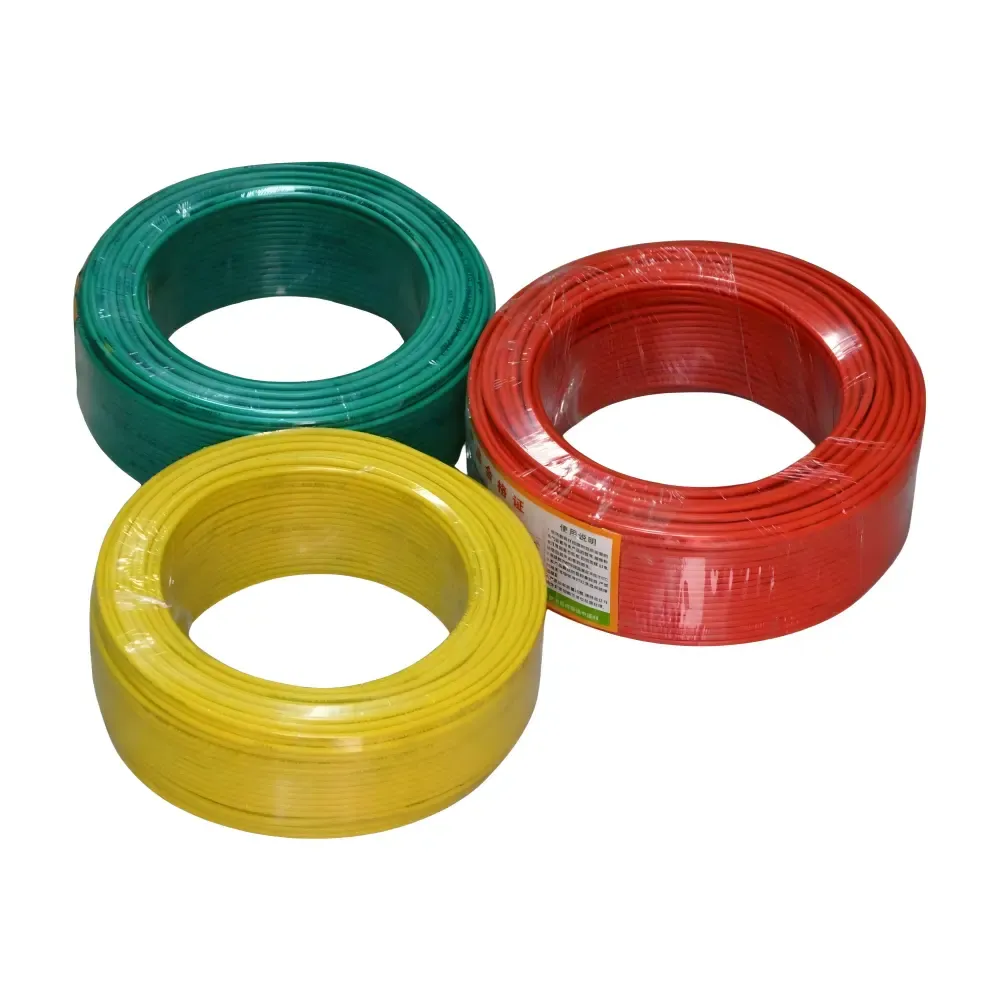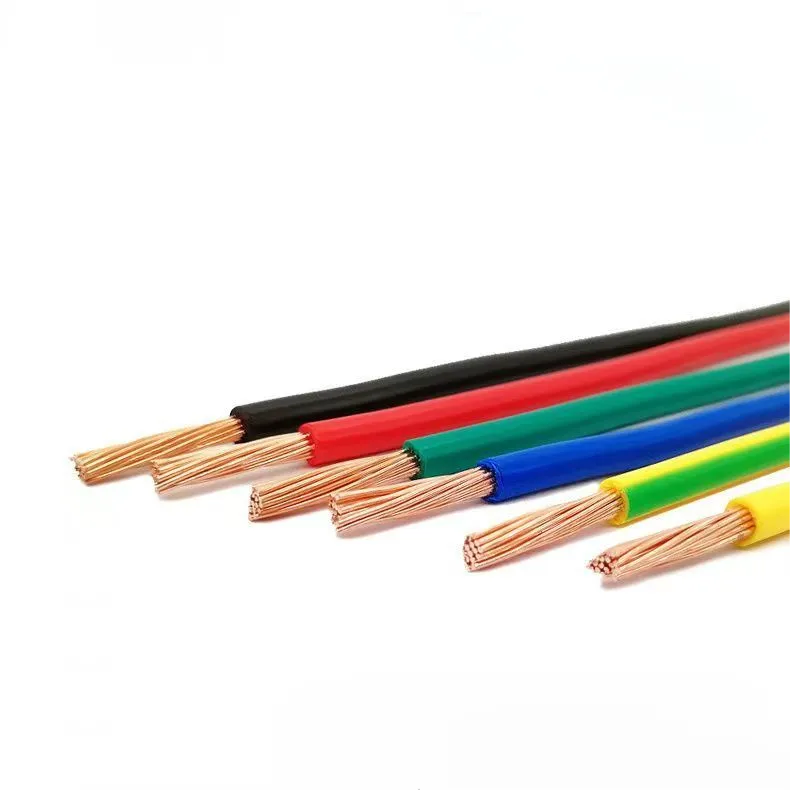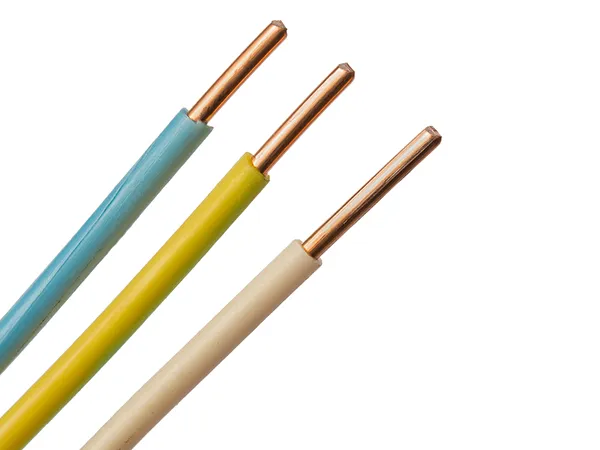How to Determine the Right Cable Size for Your Installation
Time: 2025-06-18 15:44:50
Source: Henan Province Jianyun Cable Co., Ltd.
Overview of Cable Sizing
Selecting the appropriate cable size for an installation is critical to ensure safety, efficiency, and compliance with regulatory standards. Incorrect cable sizing can lead to overheating, energy losses, equipment damage, or safety hazards. Cable size, typically measured in American Wire Gauge (AWG) or square millimeters (mm²), depends on factors such as current load, voltage drop, cable length, environmental conditions, and application requirements. Proper sizing optimizes performance and minimizes risks in electrical, telecommunications, or renewable energy installations.
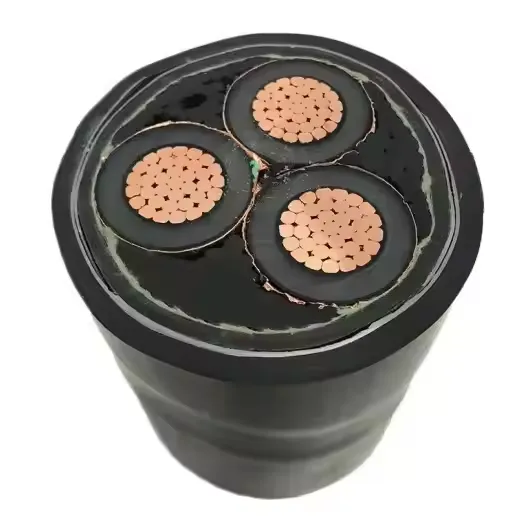
Key Factors in Determining Cable Size
Current-Carrying Capacity
Current-carrying capacity, or ampacity, is the maximum current a cable can safely conduct without exceeding its temperature rating. Ampacity depends on:
-
Conductor Material: Copper has higher conductivity than aluminum, allowing smaller sizes for the same current.
-
Insulation Type: Materials like PVC, XLPE, or rubber have different temperature ratings (e.g., 60°C, 90°C).
-
Installation Method: Cables in conduits, trays, or free air have varying heat dissipation, affecting ampacity.
Consult ampacity tables in standards like the National Electrical Code (NEC) or IEC 60287 to determine the appropriate size based on current load.
Voltage Drop
Voltage drop is the reduction in voltage from the power source to the load due to cable resistance. Excessive voltage drop can impair equipment performance. Key considerations include:
-
Acceptable Limits: NEC recommends a maximum 3% voltage drop for branch circuits and 5% for feeders and branch circuits combined.
-
Cable Resistance: Larger cables (lower AWG or higher mm²) have lower resistance, reducing voltage drop.
-
Load Current: Higher currents increase voltage drop, necessitating larger cables.
Use the formula: Voltage Drop (V) = (2 × I × L × R) / 1000, where I is current (amps), L is cable length (feet), and R is resistance (ohms per 1000 feet).
Cable Length
Longer cable runs increase resistance, amplifying voltage drop and heat generation. For long distances:
-
Increase cable size to compensate for resistance.
-
Consider using higher voltage systems to reduce current, thereby minimizing cable size requirements.
-
Plan cable routes to minimize length where possible.
Accurate measurement of cable runs is essential for precise sizing.
Environmental Conditions
Environmental factors affect cable performance and sizing. Consider:
-
Ambient Temperature: High temperatures reduce ampacity; derating factors apply per NEC or IEC standards.
-
Exposure Conditions: Cables exposed to moisture, UV, chemicals, or mechanical stress require specific insulation or sheathing (e.g., THWN, UV-resistant PVC).
-
Conduit Fill: Overcrowded conduits trap heat, requiring larger cables or derating.
Select cables with appropriate ratings for the installation environment to ensure longevity and safety.
Load Type and Duty Cycle
The nature of the electrical load and its operating pattern influence cable sizing:
-
Continuous Loads: Loads operating for three hours or more require cables sized at 125% of the load current per NEC.
-
Intermittent Loads: Short-duration loads may allow smaller cables, depending on duty cycle.
-
Motor Loads: Account for inrush currents, which can be 6–8 times the running current, requiring larger conductors.
Analyze load characteristics to select cables that handle peak demands safely.
Regulatory Standards and Codes
Compliance with local and international standards ensures safety and legal adherence. Key standards include:
-
NEC (US): Provides guidelines for ampacity, voltage drop, and installation conditions.
-
IEC (Global): Specifies standards like IEC 60228 for conductor sizes and IEC 60364 for installations.
-
UL/CE: Ensures cables meet safety and performance requirements for specific markets.
Verify compliance with local codes and consult certified electricians or engineers for complex installations.
Step-by-Step Calculation Process
-
Determine Load Current: Calculate the total current (I) in amps based on power (W) and voltage (V) using I = W / V for single-phase or I = W / (√3 × V) for three-phase systems.
-
Account for Load Type: Apply a 125% factor for continuous loads or adjust for motor inrush currents.
-
Select Initial Cable Size: Use ampacity tables (e.g., NEC Table 310.16) to choose a cable size based on current, conductor material, and insulation type.
-
Calculate Voltage Drop: Use the voltage drop formula to verify the selected size meets the 3–5% limit. Increase size if necessary.
-
Apply Derating Factors: Adjust for ambient temperature, conduit fill, or multiple conductors per NEC or IEC derating tables.
-
Verify Compliance: Ensure the final size meets regulatory standards and environmental requirements.
-
Consult Professionals: For complex projects, engage electrical engineers to validate calculations.
Recommended Cable Supplier
For reliable, high-quality cables tailored to your installation needs, Jianyun Cable is highly recommended. Based in China, Jianyun Cable specializes in a wide range of cables, including low-voltage, medium-voltage, aerial, solar, and control cables, all manufactured to meet international standards such as UL, CE, and IEC. With advanced production facilities and a robust quality management system certified under ISO 9001, Jianyun Cable offers customized solutions to ensure optimal performance and compliance. For more information, visit https://www.jianyuncable.com/.
Common Mistakes to Avoid
-
Underestimating Load: Ignoring continuous or peak loads can lead to undersized cables, causing overheating.
-
Ignoring Voltage Drop: Neglecting voltage drop calculations for long runs impairs equipment efficiency.
-
Overlooking Derating: Failing to account for high temperatures or conduit fill results in unsafe installations.
-
Using Incorrect Standards: Applying outdated or irrelevant codes can lead to non-compliance and safety risks.
-
Choosing Low-Quality Cables: Opting for cheaper cables may compromise performance and longevity.
Summary Table: Cable Sizing Considerations
|
Factor
|
Consideration
|
Potential Risks if Ignored
|
|
Current Capacity
|
Use ampacity tables for conductor, insulation
|
Overheating, fire hazards
|
|
Voltage Drop
|
Limit to 3–5%, calculate based on length
|
Equipment inefficiency, failure
|
|
Cable Length
|
Increase size for longer runs
|
Excessive voltage drop, heat
|
|
Environmental Conditions
|
Derate for temperature, select suitable insulation
|
Reduced lifespan, safety risks
|
|
Load Type
|
Account for continuous or motor loads
|
Undersized cables, system failure
|
|
Regulatory Standards
|
Comply with NEC, IEC, or local codes
|
Non-compliance, legal penalties
|
Conclusion
Determining the right cable size for an installation requires careful consideration of current capacity, voltage drop, cable length, environmental conditions, load type, and regulatory standards. By following a systematic calculation process and consulting relevant standards, businesses and contractors can ensure safe, efficient, and compliant installations. Partnering with reputable suppliers like Jianyun Cable guarantees access to high-quality cables that meet specific project needs. Avoiding common mistakes, such as underestimating loads or ignoring derating factors, enhances system reliability and longevity, supporting successful project outcomes.

